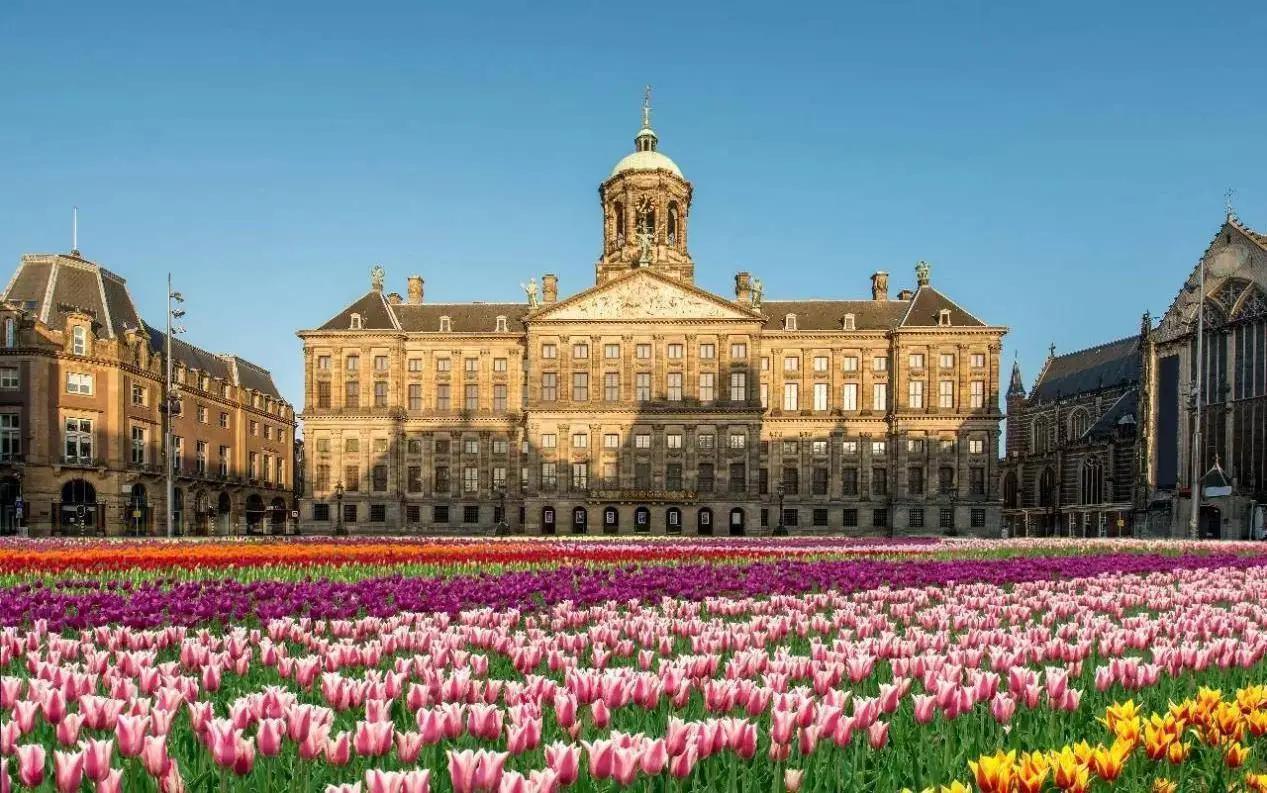The Wild Heart of Botswana: Exploring Moremi Game Reserve
Tucked away in the eastern corner of the Okavango Delta, Moremi Game Reserve is not merely a destination; it is an experience, a living testament to the raw, untamed spirit of Africa. Unlike many protected areas born from governmental decree, Moremi’s origins are a powerful story of foresight and sacrifice. In the early 1960s, as wildlife populations faced increasing threats, the BaTawana people, under the leadership of Chief Moremi III’s wife, Mrs. Moremi, made an extraordinary decision. They voluntarily designated their ancestral land as a wildlife sanctuary. This act of profound conservation ethic gifted the world a pristine wilderness, now revered as one of Africa’s most breathtaking and ecologically diverse reserves.
Spanning nearly 5,000 square kilometers, Moremi encapsulates the very essence of the Okavango’s magic. It is a land of startling contrasts, where the life-giving waters of the delta collide with the vast, arid expanses of the Kalahari. This unique interplay creates a mosaic of ecosystems, each hosting a spectacular array of life. The reserve is broadly divided into two main regions: the extensive waterways and lush islands of the Delta itself, and the drier, mopane woodland-dominated Chief’s Island—the largest landmass in the Delta.
A journey into Moremi is a sensory immersion. The air, thick and humid, carries a complex perfume—the sweet scent of wild sage crushed under tyre tracks, the earthy smell of wet soil after a rain, and the faint, musky aroma of unseen animals. The soundtrack is a constant, evolving symphony. By day, it’s the chorus of fish eagles whose haunting cries echo across the lagoons, the grunting of hippos, and the rustle of a herd of red lechwe moving through tall reed beds. As the sun sets, the orchestra changes, giving way to the nocturnal hum of insects, the whoop of hyenas, and the deep, resonant roar of a lion proclaiming its territory.
The wildlife viewing in Moremi is nothing short of exceptional. The permanent waterways ensure that animals remain within the reserve year-round, making it a reliable haven for safari enthusiasts. The floodplains and shallow waters are the domain of the elegant red lechwe and the rare sitatunga, a shy, aquatic antelope. Herds of majestic elephants wade through the channels, using their trunks as snorkels, while buffalos gather in formidable, dust-kicking herds on the islands.
The predators here are both prolific and thrilling to observe. The open grasslands surrounding Xakanaxa Lagoon are prime territory for lions, often seen resting in the shade or embarking on a hunt at dusk. The dense riverine forests are the preferred haunt of leopards, their dappled coats providing perfect camouflage in the dappled light. Moremi is also one of the best places in Botswana to witness the endangered African wild dog. Watching a pack of these painted wolves, moving with effortless coordination and communication, is a privilege and a highlight for any visitor.

For the avian enthusiast, the reserve is a veritable paradise. Over 400 species of birds have been recorded, from the dazzling malachite kingfisher, a flash of electric blue perched on a papyrus stem, to the prehistoric-looking saddle-billed stork wading in the shallows. Raptors abound, with African fish eagles, martial eagles, and countless species of hawk and vulture gracing the skies. The heronries, particularly at Xakanaxa and Gadikwe Lagoon, are a cacophony of sound and activity during breeding season, with thousands of birds nesting in a single grove of trees.
Exploring Moremi offers a variety of ways to connect with the wilderness. Game drives in open 4x4 vehicles allow for traversing the diverse terrain, from navigating palm-fringed islands to crossing open grasslands. These drives, especially in the early morning and late afternoon, provide intimate encounters with the Big Five and countless other species. However, the true magic of the Delta is best experienced on the water. A guided mokoro (dugout canoe) trip is a quintessential Moremi activity. Gliding silently through the narrow, crystal-clear channels, poled by an expert guide, offers a completely different perspective. It is a serene and almost meditative experience, bringing you down to water level amidst blooming water lilies, chirping frogs, and the ever-watchful eyes of crocodiles basking on the banks. Motorboat trips on the larger lagoons like Xakanaxa provide access to deeper waters and the hippo pods that inhabit them.
The rhythm of life in Moremi is dictated by two main seasons: the dry season (May to October) and the wet season (November to April). The dry season, particularly from June to October, is renowned for superb game viewing. As water sources elsewhere diminish, animals congregate around the Delta’s permanent channels and lagoons, making them easier to find. The landscapes are stark and beautiful, with golden grasses and dusty trails. The wet season, or "green season," transforms the reserve. Skies fill with dramatic clouds, and afternoon thunderstorms water the land, carpeting it in a lush, emerald green. This is a time of birth and renewal, with many antelope species dropping their young. While the animals are more dispersed and some tracks may become impassable, the season offers incredible birding, breathtaking photography with dramatic skies, and a sense of having the wilderness almost to oneself.
Moremi Game Reserve is more than a checklist of animals seen; it is a place that seeps into your soul. It is the sight of a thousand stars undimmed by city lights, the feeling of humility standing before a towering bull elephant, and the profound silence of the African bush. It stands as a powerful legacy of the BaTawana people’s vision, a protected jewel where the ancient dance between predator and prey, land and water, continues as it has for millennia. In a world of increasing development, Moremi remains an untouched sanctuary, a wild heart beating strong in the heart of Botswana.







